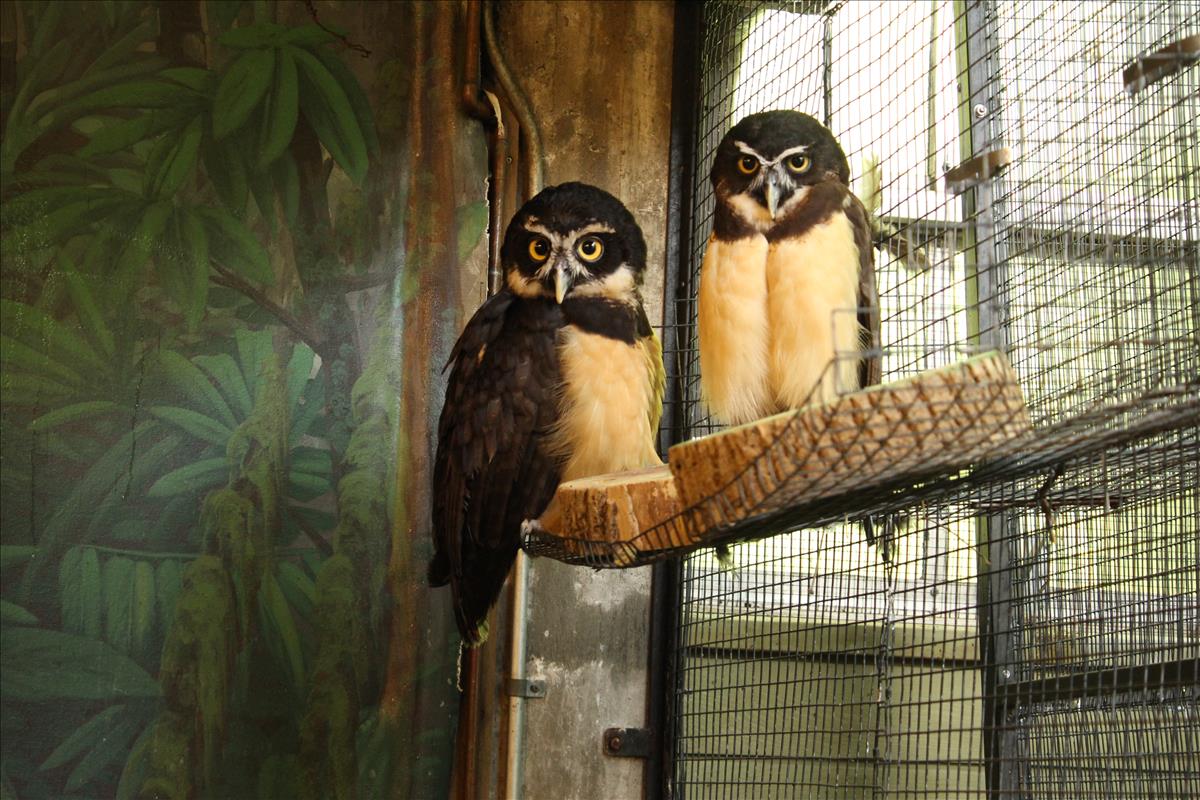Alerts
Please be advised that our bird aviaries are open!
Your Toronto Zoo is committed to the health and safety of the animals in our care. We take proactive steps to protect our birds from Avian Influenza which has been confirmed in a wild bird in southern Ontario, and some birds may still be off display.
Please note Splash Island is still closed and will not open until July due to unforeseen delays in construction. Please watch for updates on https://www.torontozoo.com/tz/splash or on our social media pages. Thank you!
Please note the following animals are currently not on display due to various reasons including Avian Bird Flu, and Covid-19 sensitivity:
- Flamingo, peacock, owl, bald eagle, and aviaries
- Some Kids Zoo Animals
- Cougar
- Moose
- Kangaroo walk through (kangaroos are still visible)
- Axolotl
We apologize for the inconvenience!


Bird
Location at the Zoo:
Americas
Region: Central and South America
Spectacled owl
These large owls have dark heads and backs with buff colored fronts. They have no ear tufts. Spectacled owls have an unmistakable face pattern. Light circles around their yellow eyes give them the appearance of wearing spectacles, thus their name. Juveniles are even more striking, often called white owls by local populations. They have white bodies and heads, dark brown wings and brown to black facial masks. The spectacled owl stands approximately 41 to 48 cm and weighs 590-950 g. As with most raptors the female is larger than the male.Conservation Status: IUCN
